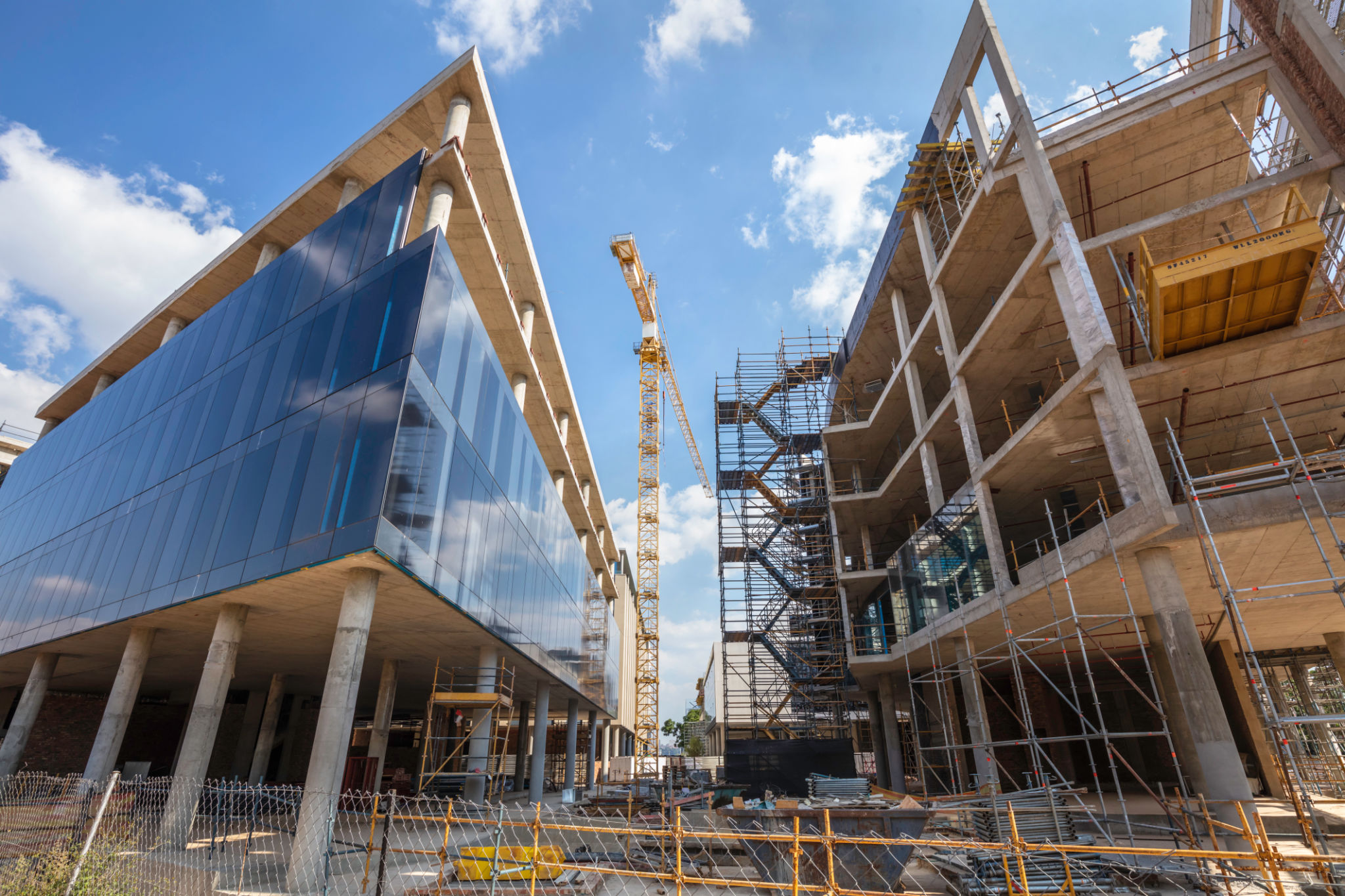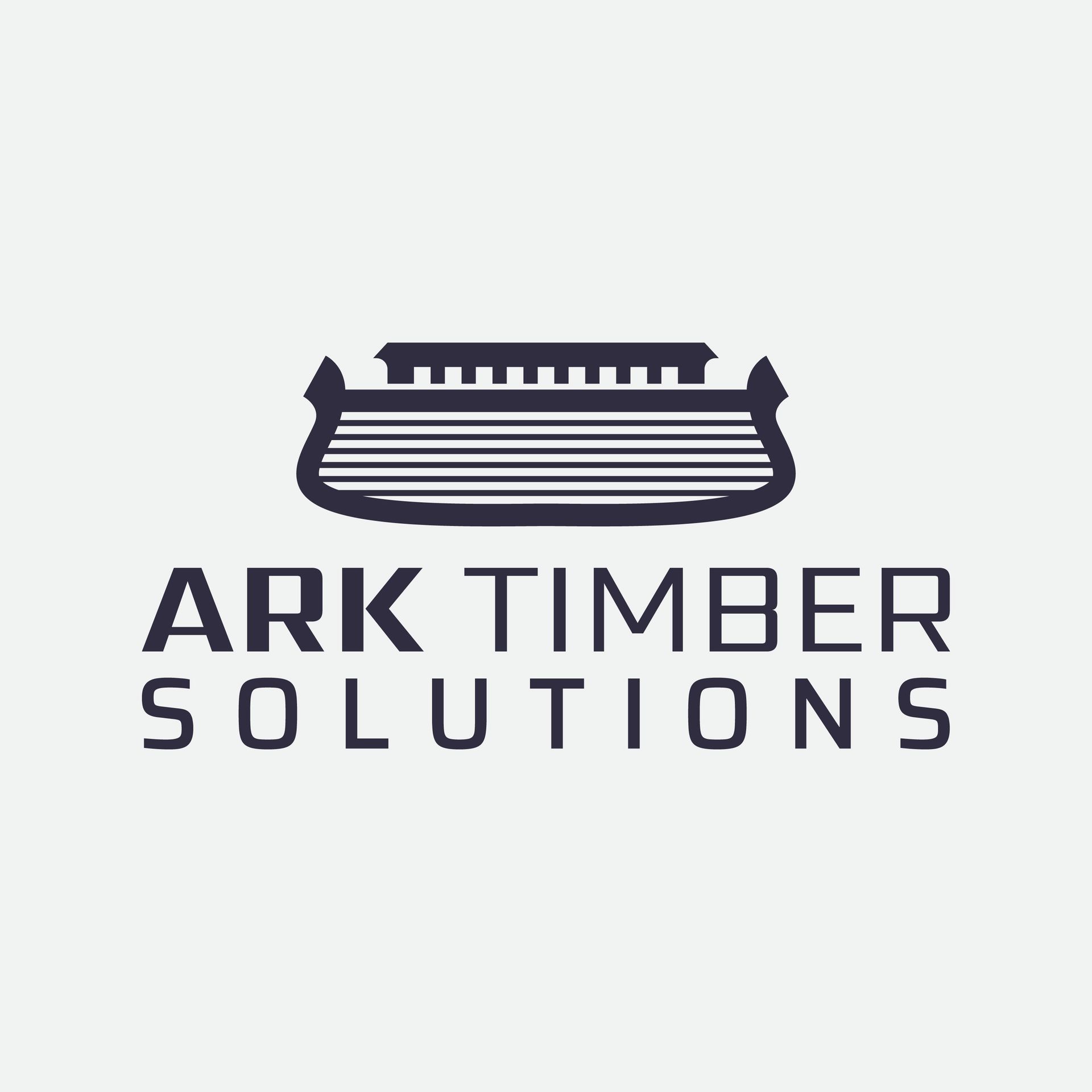Understanding UK Building Regulations for Timber Frame Homes
Introduction to UK Building Regulations
Building regulations in the UK are crucial for ensuring that constructions are safe, sustainable, and of high quality. For those interested in building timber frame homes, understanding these regulations is essential. These guidelines not only ensure safety and sustainability but also enhance energy efficiency and environmental performance.
Timber frame homes have gained popularity due to their eco-friendly nature and energy efficiency. However, adhering to UK building regulations is key to a successful project. This guide will help you navigate the essentials of compliance for timber frame constructions.

Key Aspects of Building Regulations for Timber Frame Homes
Structural Safety
The structural integrity of a timber frame home is paramount. UK regulations require that timber frames are designed to withstand various loads, such as wind and snow. This ensures that the home remains safe under different environmental conditions. Calculations by a structural engineer are often necessary to meet these standards.
Fire Safety
Fire safety is a critical aspect of building regulations. Timber, being a combustible material, must be treated and constructed in a way that minimizes fire risks. Regulations dictate specific fire resistance measures, including the use of fire-retardant treatments and the incorporation of fire-resistant materials in certain areas.

Energy Efficiency Requirements
Insulation Standards
Energy efficiency is a significant component of building regulations. Timber frame homes must meet high insulation standards to minimize heat loss. The use of high-quality insulation materials and techniques is necessary to achieve the required thermal performance.
Renewable Energy Integration
Regulations encourage the integration of renewable energy sources, such as solar panels or heat pumps, into new homes. Implementing these technologies can significantly reduce a home's carbon footprint and enhance its sustainability.

Sustainability and Environmental Impact
Sustainable construction practices are highly encouraged under UK building regulations. Timber frame homes naturally support sustainability goals due to the renewable nature of wood. However, sourcing timber from certified sustainable forests is essential to comply with environmental standards.
Waste Management
Proper waste management during construction is another regulatory requirement. Builders must plan for efficient waste reduction and recycling strategies to minimize environmental impact and comply with regulations.
Conclusion: Navigating Compliance Successfully
Understanding and adhering to UK building regulations is crucial for anyone planning to build a timber frame home. By focusing on structural safety, fire safety, energy efficiency, and sustainability, you can ensure your project meets the highest standards. Collaborating with experienced architects and builders familiar with these regulations can facilitate a smoother construction process, resulting in a safe and sustainable home.
